World War II POW Camp Excavated in England
The German Second World War soldiers were imprisoned close to the Park Hall military camp, near Oswestry. Excavations have been taking place at Mile End where work is continuing on the multi-million pound revamp of the A5/A483 junction to the south of the town.
Experts from Wessex Archaeology, who carried out the excavations, said the evidence they have found suggests that the camp was in use between 1940 and 1948 and believe it will give them an insight into what life was like as a prisoner of war in Shropshire.
Among the finds were a loaded German pistol and a spent .303 cartridge as well as signs of comfort including beer bottles from the now-defunct Border Breweries in Wrexham.
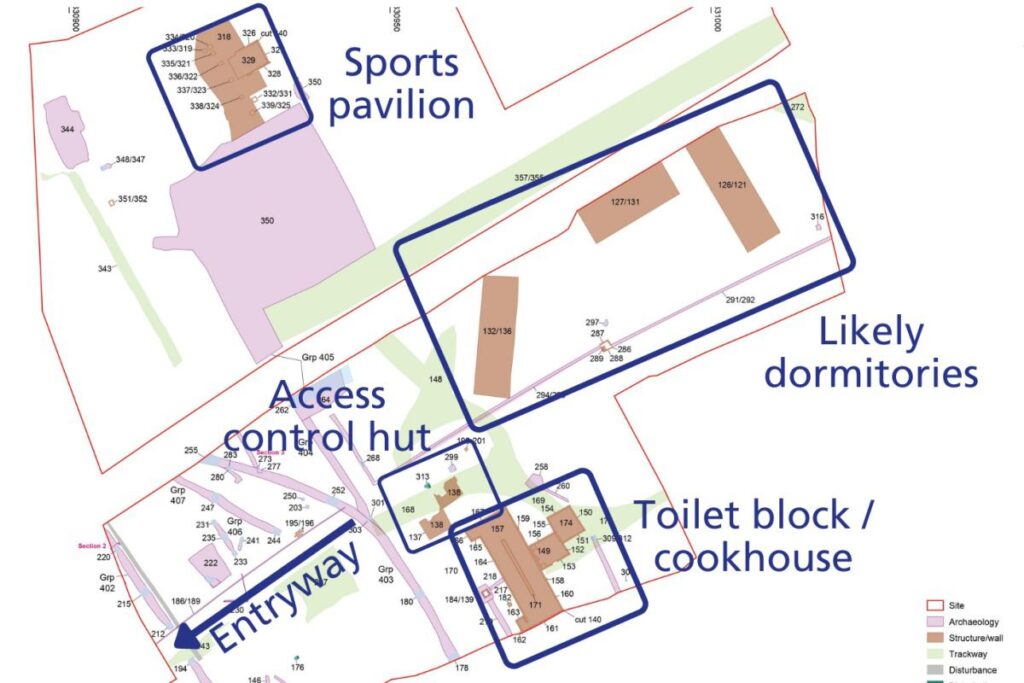
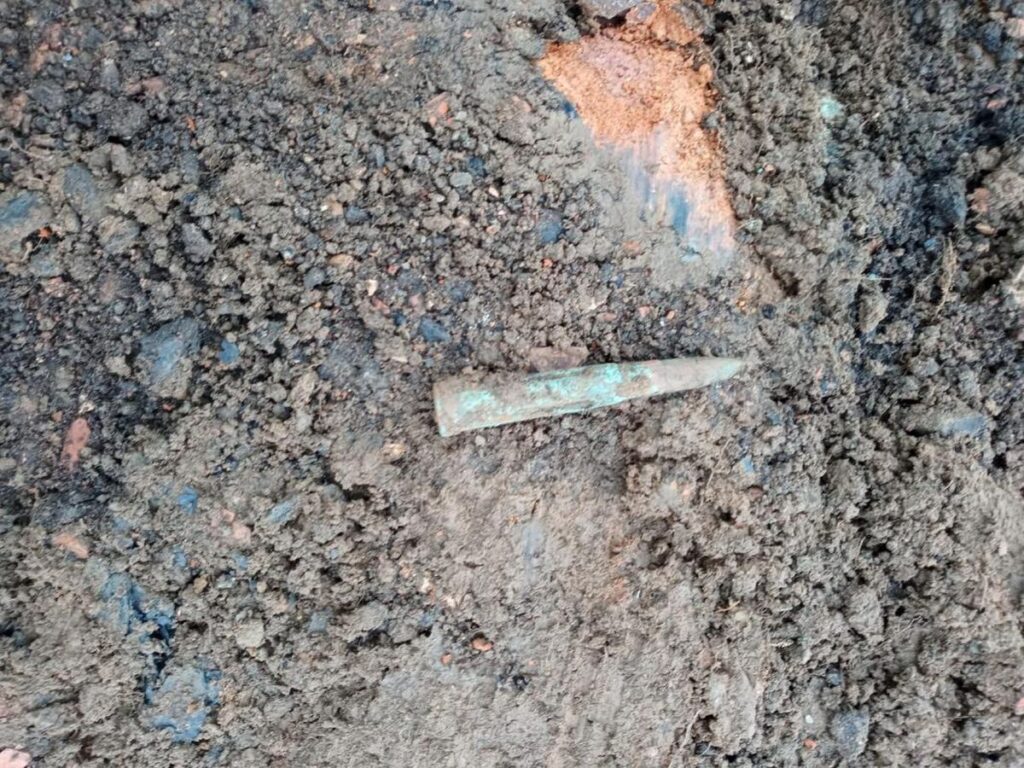
John Winfer, project manager at Wessex Archaeology, said: “What we have revealed is surprising evidence of some (relatively speaking) comfortable conditions for the inmates.
“We know from our documentary research that the Red Cross, which visited many POW camps across Europe during the Second World War, came to assess conditions at the Mile End camp.
“The visit report highlights the range of facilities and activities on offer to the prisoners, which is supported by the archaeological evidence we uncovered.”

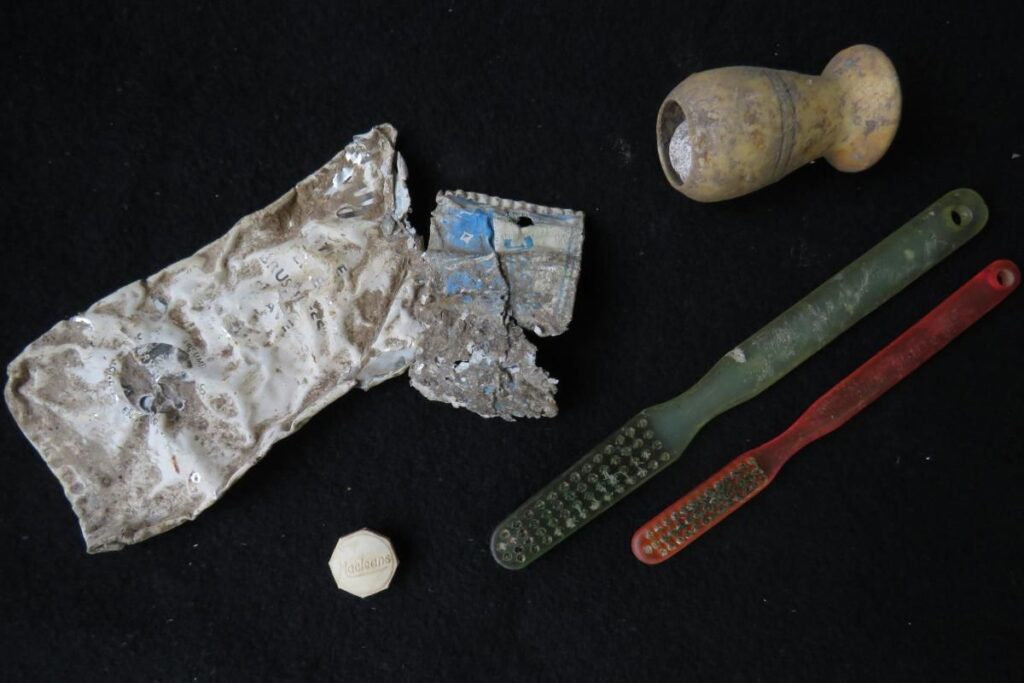
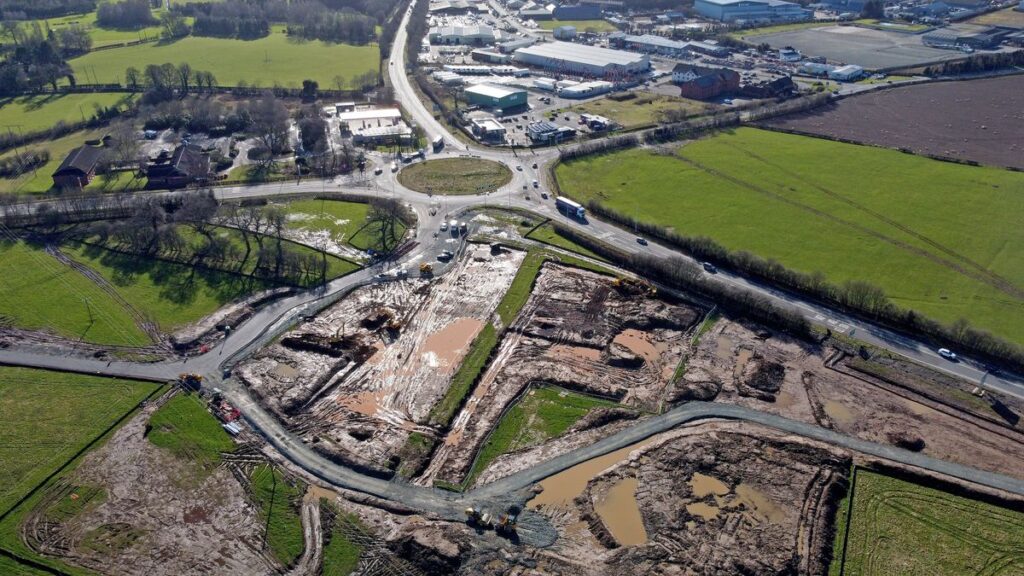
He said the prisoners benefited from sports pitches, musical performances, electricity to power lights and heating, enough toilets available for everyone at the camp, and several hot and cold showers and washbasins.
Many of the prisoners would have been employed in carpentry workshops, with younger inmates given time off to study at the camp’s school, he said,
“Those overseeing the camp enjoyed more spacious accommodation, and our work uncovered military issue ceramic tableware accompanied by beer glasses. This all paints a civilised and rather unexpected picture of a POW camp,” Mr Winfer said.
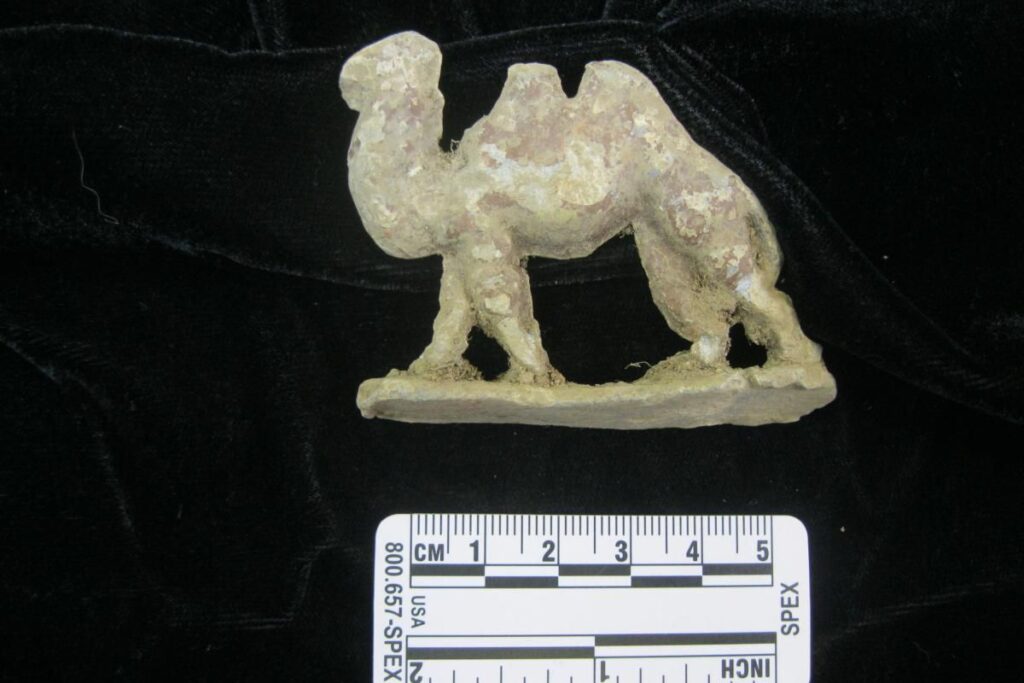
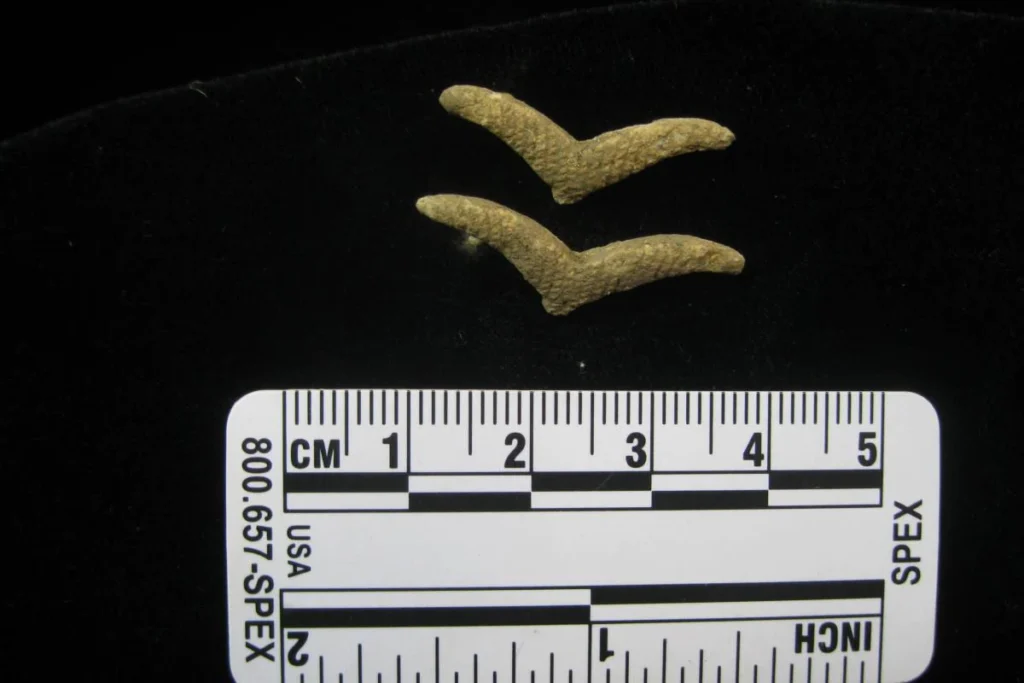
Artefacts giving more personal insights to those living at the camp include a lead alloy toy camel and toiletries including toothbrushes.
But it is an aluminium metal identification tag from a German soldier that has excited archaeologists the most.
Mr Winfer said: “This is an intriguing find with so much potential. In the event of death during the war, the tag would have been snapped, with one half-buried with the body for later identification and the other given to unit administrators for recording.
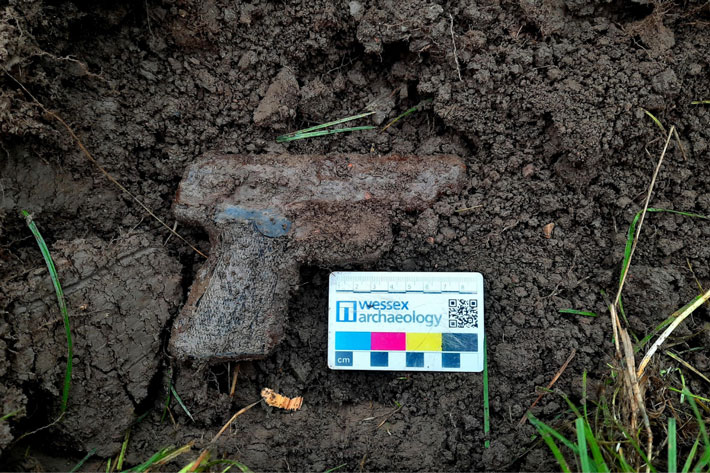
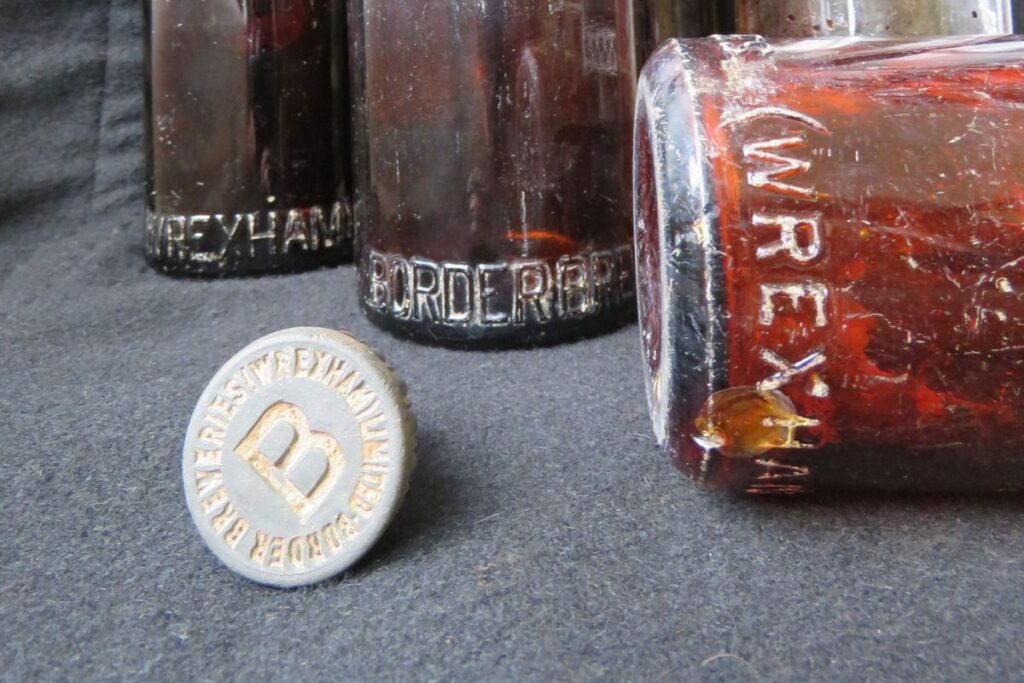
“In this case, it tells us that the German POW in question belonged to the 3rd Company, Landesschützen Battalion XI/I marking the capture of this prisoner early in the war, September 1939 to 1940.
“We know his serial number too, so we’ll be doing further research to reveal the full story.”





